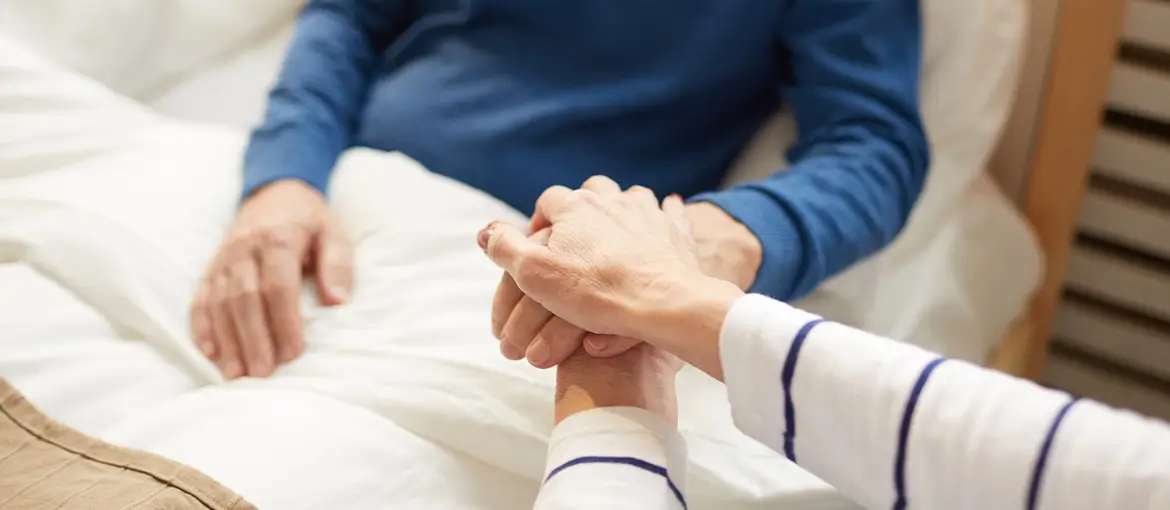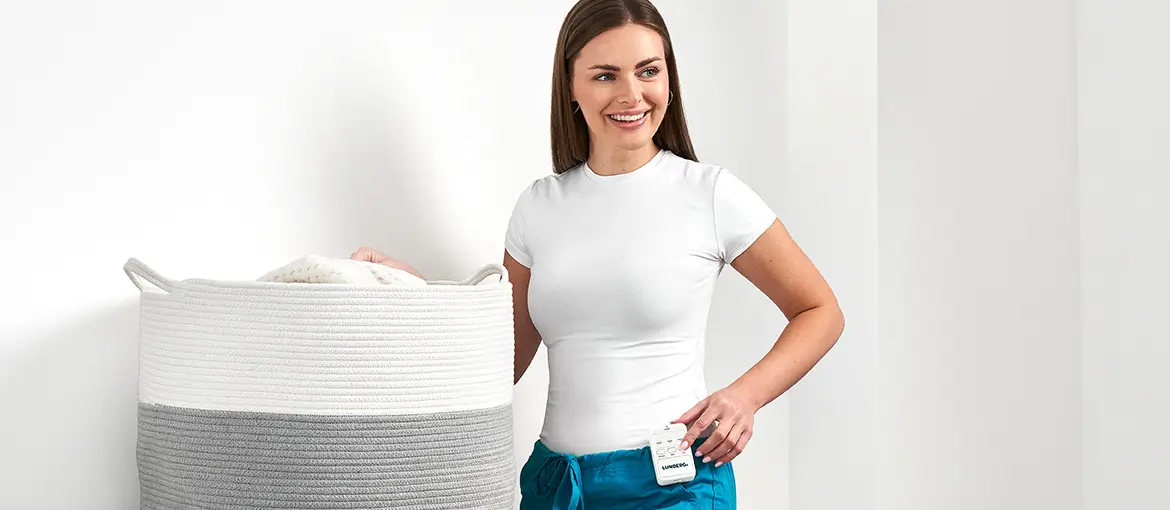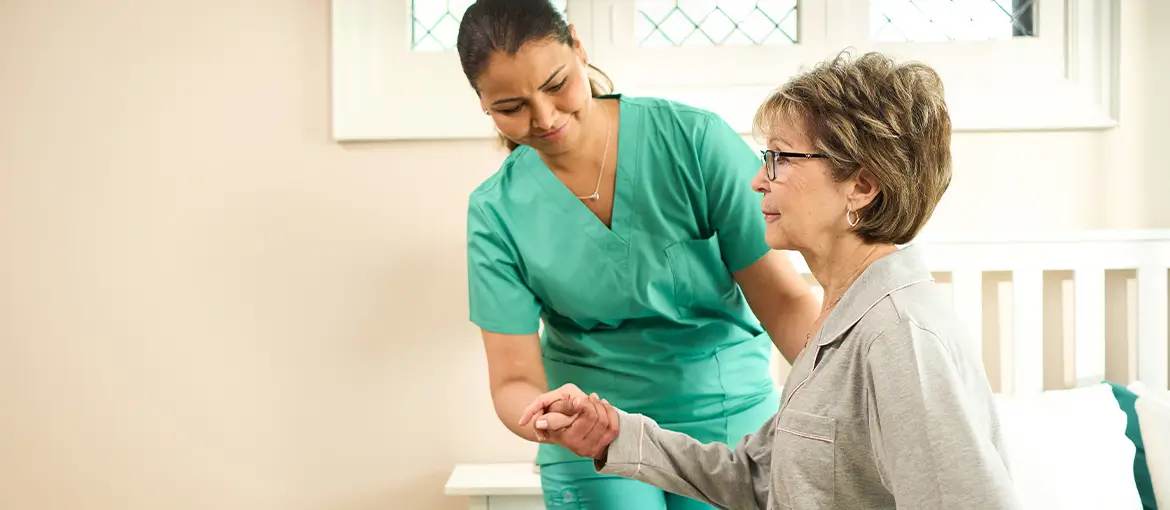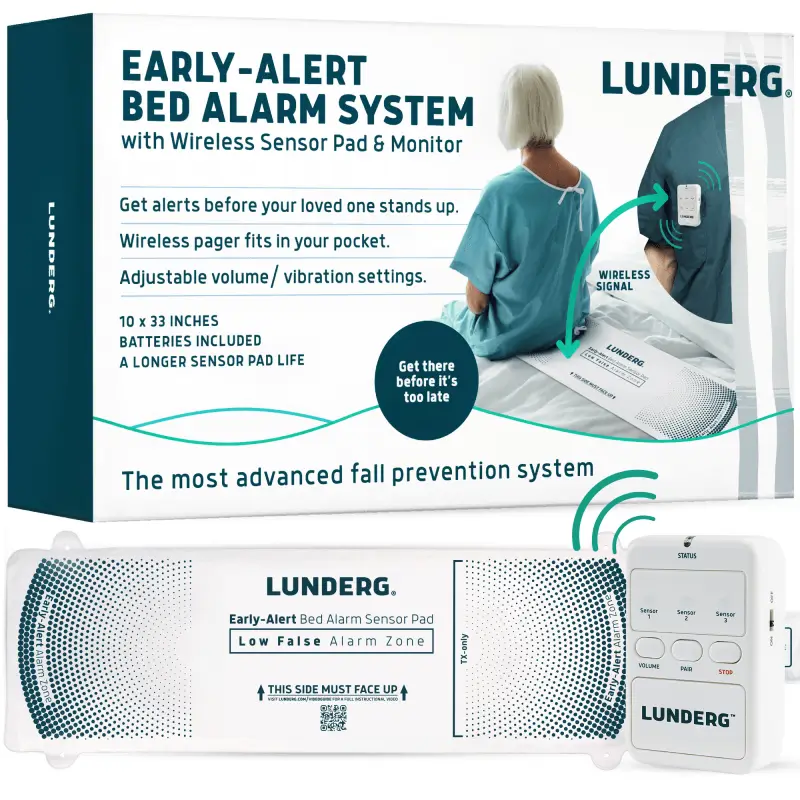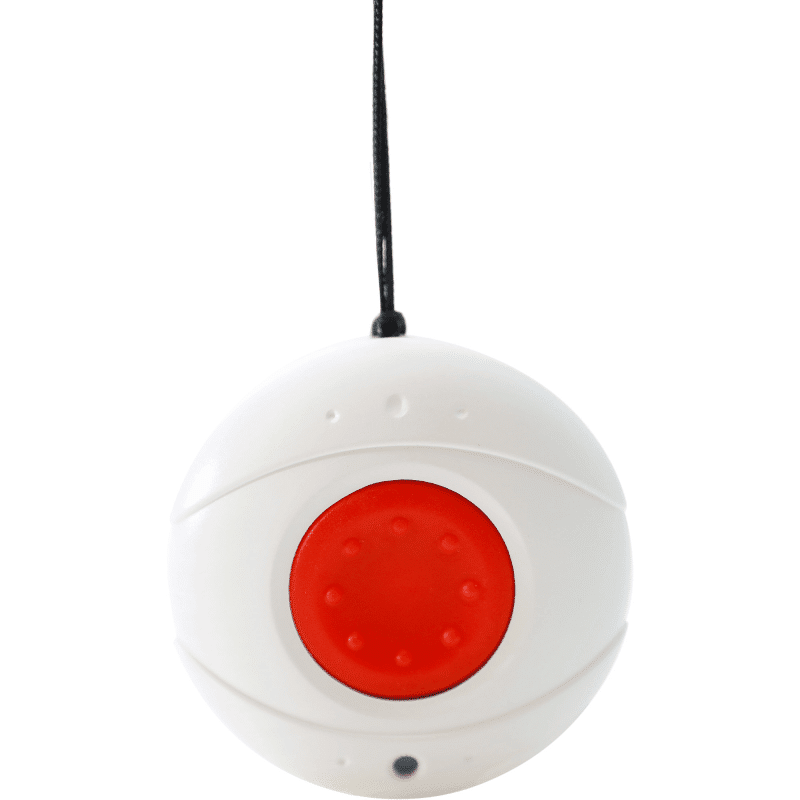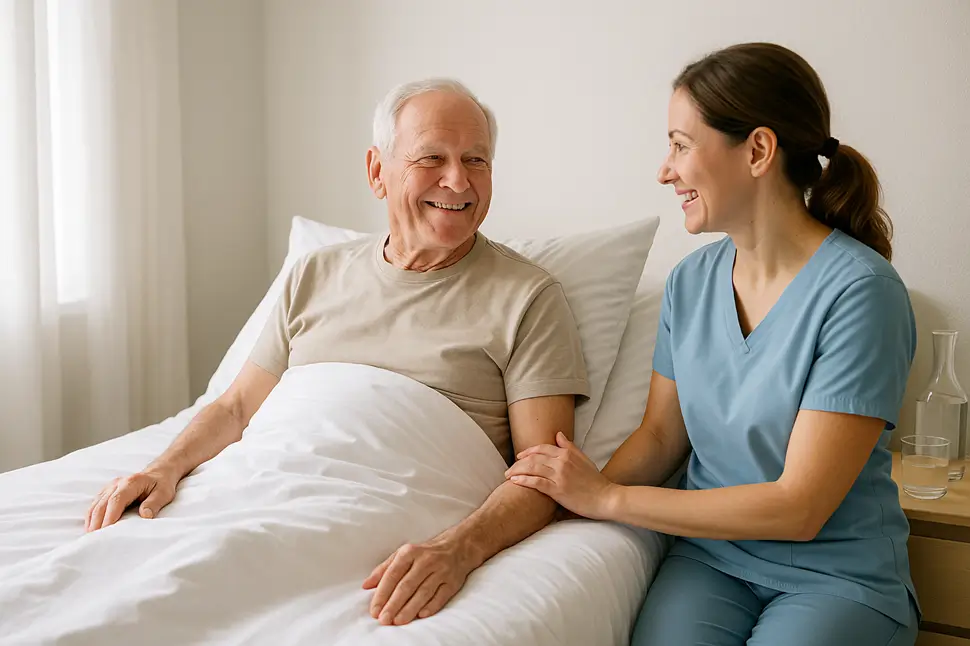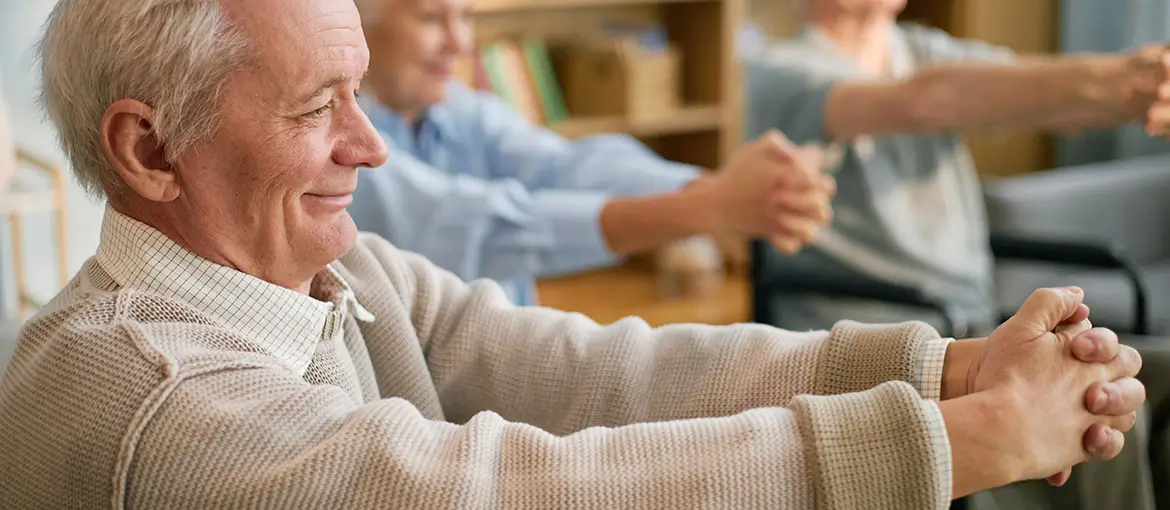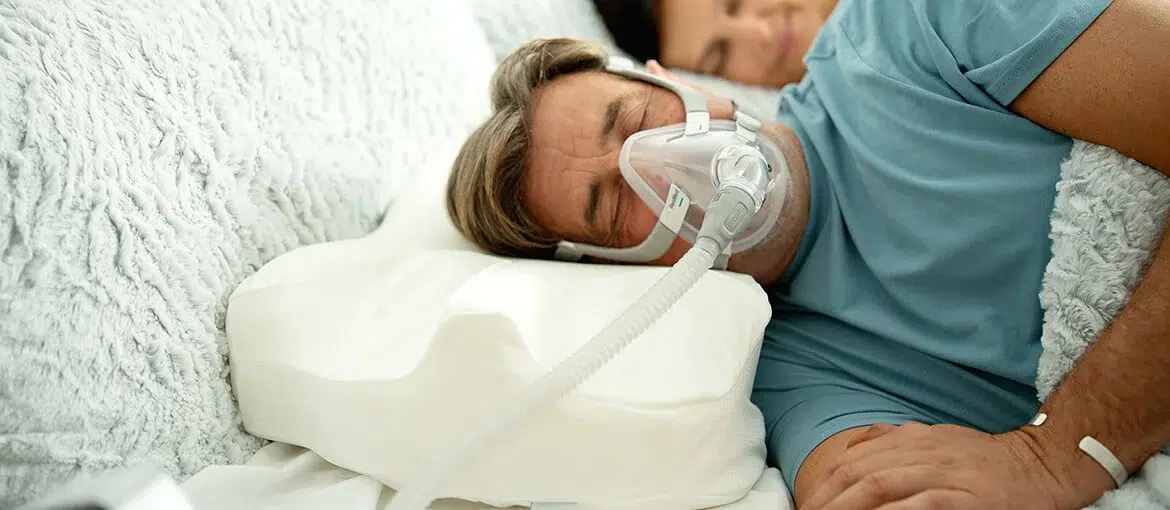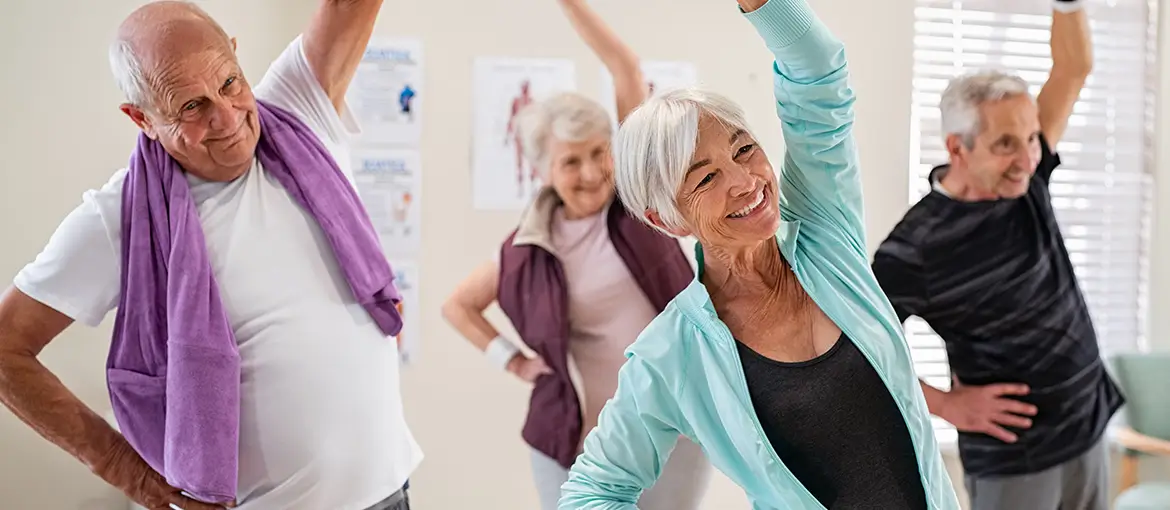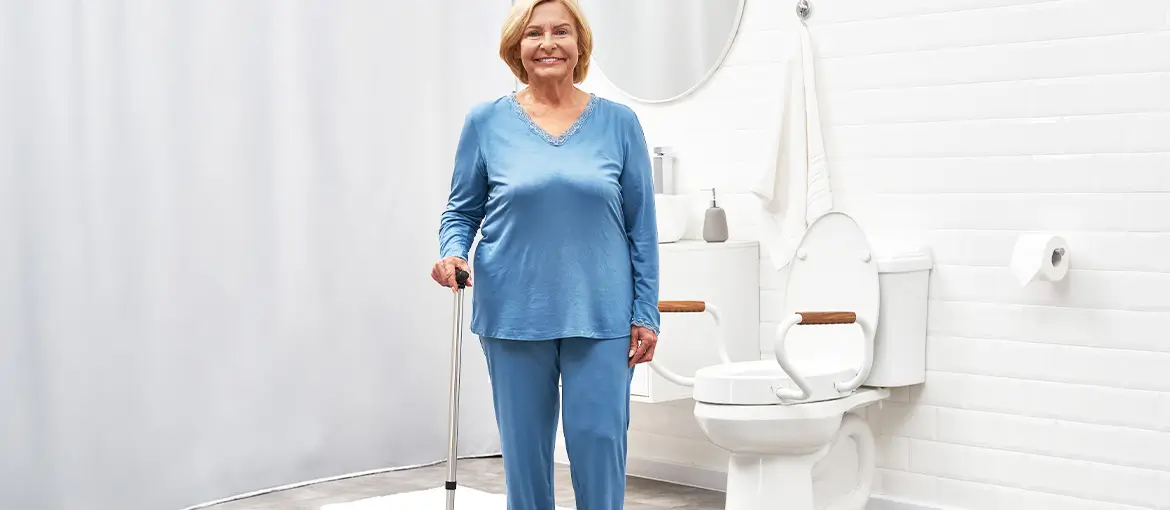Compassionate Care
Caregiving for bedridden elderly patients can be one of the most physically and emotionally demanding roles a person can take on. It requires patience, compassion, and a keen awareness of the patient’s needs. Caregiving for bedridden elderly individuals involves far more than attending to physical health; it also includes safeguarding their dignity, comfort, and emotional well-being. Fortunately, with the right approach, tools, and support systems, caregivers can provide high-quality care while also managing their own health and peace of mind. Maintaining consistent care routines and utilizing appropriate support equipment is crucial. Lunderg’s bed care products are designed to help make caregiving safer and more effective for both the patient and the caregiver.
Understanding the Basics of Bedridden Patient Care
The daily care of a bedridden patient includes several critical tasks aimed at maintaining hygiene, preventing complications, and improving quality of life. This includes:
- Daily hygiene and grooming: bathing, oral care, hair brushing, and nail trimming help prevent infections and maintain a sense of dignity.
- Skin care: bedridden patients are at high risk of developing pressure ulcers. Daily skin checks, moisturizing dry skin, and keeping the skin clean and dry are essential. Read our Skin Assessment and Monitoring article for more information about this topic.
- Nutrition and hydration: ensuring the patient receives balanced meals and adequate fluids helps with healing and prevents further health complications
- Medication management: keeping a strict schedule and monitoring side effects ensures medications are effective and safe.
- Infection prevention: regular linen changes, hand hygiene, and disinfecting surfaces reduce the risk of infection.
Using the right equipment and regular routines simplifies many of these serious responsibilities while promoting safety.
Wireless Caregiver Pager Alert System
Monitoring a bedridden loved one around the clock is challenging. A wireless caregiver pager alert system offers real-time alerts when the patient needs assistance. This system is ideal for caregivers who may be in another room, ensuring that any movement or call for help is quickly noticed.
These systems often come with call buttons, motion detectors, or door sensors and can be tailored to suit the patient’s needs. By allowing immediate response, they reduce patient anxiety and offer peace of mind for the caregiver.
Using a Smart Caregiver Bed Alarm and Sensor Pad
The bed alarm and sensor pad is another invaluable device for managing care of bedridden patients and loved ones. These pads detect when a patient tries to get up or shift in bed, triggering an alarm for the caregiver.
This proactive system helps prevent injuries from falls and allows caregivers to intervene quickly. For patients with dementia or other cognitive impairments, it acts as a vital safety net. These tools reduce caregiver stress by eliminating the need for constant bedside supervision and contribute significantly to safer care environments, and patient independence.
How to Care for a Bedridden Patient at Home
Many families choose to care for a bedridden patient at home, where the environment feels familiar and comforting. Creating a safe and functional home care setup involves:
- Adjustable hospital beds to support proper positioning and ease transfers.
- Mattress overlays and cushions to reduce pressure points and improve comfort.
- Accessible hygiene stations, such as bedside commodes or no-rinse bathing wipes.
- Well-lit, clutter-free spaces to minimize hazards.
Daily routines should be structured but flexible, incorporating physical care with moments of joy, conversation, and mental stimulation. Routine is key, but small touches, like music, can make a world of difference.
How to Turn a Bedridden Patient Safely
One of the most important tasks in caring for a bedridden patient is learning how to turn them safely. Regular repositioning, ideally every two hours, prevents pressure ulcers and promotes circulation.
Step-by-Step Tips:
- Wash your hands and explain the process to the patient, even if they are unresponsive.
- Use draw sheets or a turning aid to reduce strain on your back and minimize friction on the patient’s skin.
- Gently roll the patient onto their side, using their legs and arms to guide the motion.
- Place pillows under the back, knees, and ankles for support and to relieve pressure.
- Check the skin for signs of redness or breakdown with every turn.
Mechanical aids or slide sheets can make this task safer and easier, especially for heavier patients or caregivers with limited strength.
Valuable Bedridden Patient Care Equipment
The right healthcare equipment for bedridden patients and loved ones can greatly reduce the physical burden on caregivers while enhancing patient safety and comfort.
Must-Have Items Include:
- Bedpans and urinal bags for convenient relief.
- Incontinence pads and liners for bedside commodes to manage leaks and protect bedding.
- Bed assist rails and safety lights to prevent falls and assist with mobility.
- Fall prevention tools such as floor, bed, and chair pads and mats, and non-slip socks.
Investing in Lunderg’s high-quality supplies guarantees durability and effectiveness.
Supporting the Patient’s Emotional Well-being
Being confined to bed can lead to depression, anxiety, and a sense of isolation. Emotional care is as essential as physical care. Here’s how to help:
- Engage in meaningful conversation to keep them mentally active and emotionally connected.
- Offer entertainment such as audiobooks, puzzles, music, or TV.
- Involve them in decision-making, from clothing choices to meal preferences.
- Celebrate small milestones to boost morale.
Never underestimate the power of companionship. A smile, a touch or embrace, or simply sitting together can make a significant emotional difference.
Caregiver Self-Care: Managing Your Own Health
Caring for someone else starts with taking care of yourself. Burnout is common in long-term caregiving, and it’s important to practice self-care:
- Take regular breaks, even if short, to rest and recharge.
- Join a support group to connect with others who understand your journey.
- Ask for help from family, friends, or professional caregivers.
- Maintain your own medical checkups and healthy lifestyle habits.
You’re not alone, and you don’t have to do it all alone. Support is available.
For more information about this topic, we recommend reading our The Emotional and Psychological Toll of Caregiving article.
Conclusion: Empathetic Care
Caregiving for bedridden elderly patients is a labor of love that requires knowledge, empathy, and the right tools. From safe repositioning techniques and daily hygiene to emotional support and advanced monitoring systems, every effort you make matters profoundly.
By incorporating tools like Lunderg’s wireless caregiver pager alert system and smart bed alarm and sensor pad, and by using trusted equipment for elderly, bedridden patient care, you can make the caregiving experience more manageable and effective.
Explore Lunderg’s wide selection of reliable bed care products designed to enhance both patient comfort and caregiver confidence. Lunderg has you covered for bedsore prevention solutions, liners and pads, urinal bags, and fall prevention products. By incorporating Lunderg’s innovative solutions into patient care, healthcare providers and caregivers can prioritize prevention and improve the overall well-being of bedridden, elderly patients.
No matter how proactive and prepared you are, always consult with healthcare professionals for a care plan tailored to your loved one’s unique needs. And remember, your compassion is the most powerful tool you have.
$114.95 – $199.95Price range: $114.95 through $199.95
$59.95 – $89.95Price range: $59.95 through $89.95
$26.99 – $39.95Price range: $26.99 through $39.95

